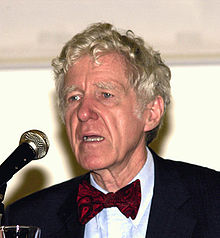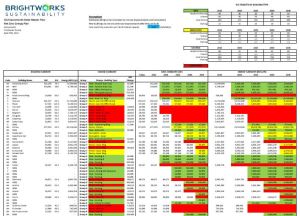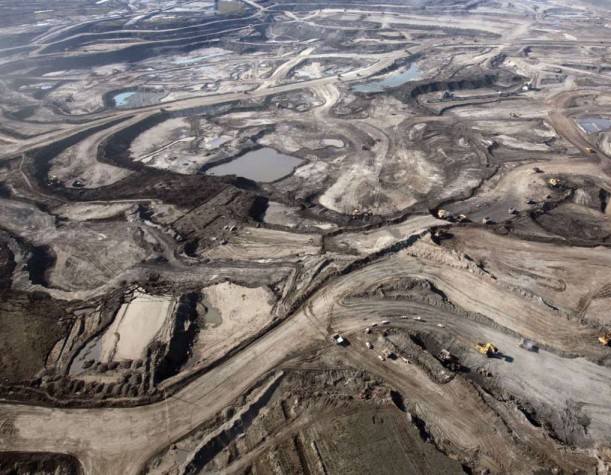By Scott Lewis | Brightworks Founder and CEO
Earth Day seems like a good moment to pause and reflect on possibility. I find inspring the following excerpt from Lester Brown’s brilliant 2009 work, Plan B.
[For a free pdf or a purchased hard copy of Plan B, visit the Earth Policy Institute web site.]

~~~~~~~~~~~~~~
From “Plan B 4.0, Mobilizing To Save Civilization,I” (Earth Policy Institute: 2009) Pages 259-261.
A Wartime Mobilization
The U.S. entry into World War II offers an inspiring case study in rapid mobilization. Mobilizing to save civilization both parallels and contrasts with this earlier mobilization. For the war, the United States underwent a massive economic restructuring, but it was only intended to be temporary. Mobilizing to save civilization, in contrast, requires an economic restructuring that will endure.
Initially, the United States resisted involvement in the war and responded only after it was directly attacked at Pearl Harbor on December 7, 1941. But respond it did. After an all-out
commitment, the U.S. engagement helped turn the tide of war, leading the Allied Forces to victory within three-and-a-half years.
In his State of the Union address on January 6, 1942, one month after the bombing of Pearl Harbor, President Franklin D. Roosevelt announced the country’s arms production goals. The United States, he said, was planning to produce 45,000 tanks, 60,000 planes, 20,000 anti-aircraft guns, and several thousand ships. He added, “Let no man say it cannot be done.”
No one had ever seen such huge arms production numbers. Public skepticism was widespread. But Roosevelt and his colleagues realized that the world’s largest concentration of industrial power at that time was in the U.S. automobile industry.
Even during the Depression, the United States was producing 3 million or more cars a year. After his State of the Union address, Roosevelt met with auto industry leaders and told them that the country would rely heavily on them to reach these arms production goals. Initially they wanted to continue making cars and simply add on the production of armaments. What they did not yet know was that the sale of new cars would soon be banned. From early February 1942 through the end of 1944, nearly three years, essentially no cars were produced in the United States.
In addition to a ban on the production and sale of cars for private use, residential and highway construction was halted, and driving for pleasure was banned. Strategic goods—including tires, gasoline, fuel oil, and sugar—were rationed beginning in 1942. Cutting back on private consumption of these goods freed up material resources that were vital to the war effort.
The year 1942 witnessed the greatest expansion of industrial output in the nation’s history—all for military use. Wartime aircraft needs were enormous. They included not only fighters, bombers, and reconnaissance planes, but also the troop and cargo transports needed to fight a war on distant fronts. From the beginning of 1942 through 1944, the United States far exceeded the initial goal of 60,000 planes, turning out a staggering 229,600 aircraft, a fleet so vast it is hard today to even visualize it. Equally impressive, by the end of the war more than 5,000 ships were added to the 1,000 or so that made up the American Merchant Fleet in 1939.
In her book No Ordinary Time, Doris Kearns Goodwin describes how various firms converted. A sparkplug factory was among the first to switch to the production of machine guns.
Soon a manufacturer of stoves was producing lifeboats. A merry-go-round factory was making gun mounts; a toy company was turning out compasses; a corset manufacturer was producing grenade belts; and a pinball machine plant began to make armor-piercing shells.
In retrospect, the speed of this conversion from a peacetime to a wartime economy is stunning. The harnessing of U.S. industrial power tipped the scales decisively toward the Allied Forces, reversing the tide of war. Germany and Japan, already fully extended, could not counter this effort. British Prime Minister Winston Churchill often quoted his foreign secretary, Sir Edward Grey: “The United States is like a giant boiler. Once the fire is lighted under it, there is no limit to the power it can generate.”
This mobilization of resources within a matter of months demonstrates that a country and, indeed, the world can restructure the economy quickly if convinced of the need to do so.
Many people—although not yet the majority—are already convinced of the need for a wholesale economic restructuring. The purpose of this book is to convince more people of this need, helping to tip the balance toward the forces of change and hope.
Mobilizing to Save Civilization
Mobilizing to save civilization means fundamentally restructuring the global economy in order to stabilize climate, eradicate poverty, stabilize population, restore the economy’s natural support systems, and, above all, restore hope. We have the technologies, economic instruments, and financial resources to do this. The United States, the wealthiest society that has ever existed, has the resources to lead this effort.
~~~~~~~~~~~~~~~

Lester Brown, founder of the Earth Policy Institute and Author of Plan B, Mobilizing to Save Civilization. Thanks Lester!








